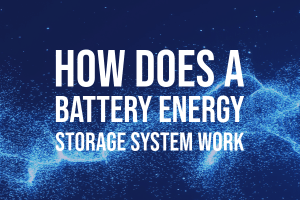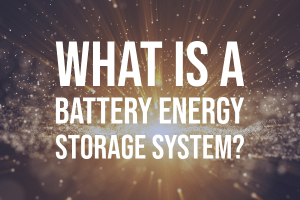Power outages can disrupt daily life, making it essential to have a properly sized home standby generator on hand. In this blog, we will walk you through the process of determining your power requirements and selecting the right generator size.
Understanding Power Requirements for Your Home
Before we dive into generator sizing, let’s establish a foundational understanding of power requirements. Electrical devices and appliances are rated in watts (W) or kilowatts (kW), indicating their power consumption. The total power requirement of a system is the sum of the individual power ratings of all connected devices. (AKA, everything your house powers added up.)
Below are some basic appliances that most people run and their power consumption. You will notice that there is running power and starting power listed. Certain devices, especially those with motors or compressors (refrigerators and air conditioners), require higher power during startup compared to continuous operation. This distinction between running power and starting power is crucial when sizing a generator.
- Refrigerator: 1500 W (running), 2200 W (starting)
- Lights: 300 W
- Heating System: 5000 W (running), 8000 W (starting)
- Television: 100 W
How to Calculate Power Requirements for Your Home
Using the above appliances and devices, here is how you would calculate your home’s power requirements:
Total Running Power: 1,500 W + 300 W + 5,000 W + 100 W = 6,900 W
Add the highest starting power of 8,000 W.
Total Power Requirement: 6,900 W + 8,000 W = 14,900 W
To ensure your standby generator can effectively manage unforeseen power surges or future energy demands, consider a safety margin of about 15%.
Recommended Generator Size: 14,900 W × 1.15 = 17,135 W
In this scenario, you would need a standby generator that is above 17kW to power your home during a power outage.
Keep in mind your particular appliance needs during an outage. You may not need to run a heating system, which significantly lowers your starting power requirements. This is why it is a good idea to make a list of all the appliances and devices you want or need to run and calculate your specific power requirements.
How to Find the Power Needs of Your Appliances and Devices
Check the Appliance Label or Manual: Many appliances have a label or plate that provides information about their power requirements. Look for stickers, nameplates, or tags that indicate the appliance’s power consumption. This label may include details such as wattage (W), voltage (V), amperage (A), and frequency (Hz).
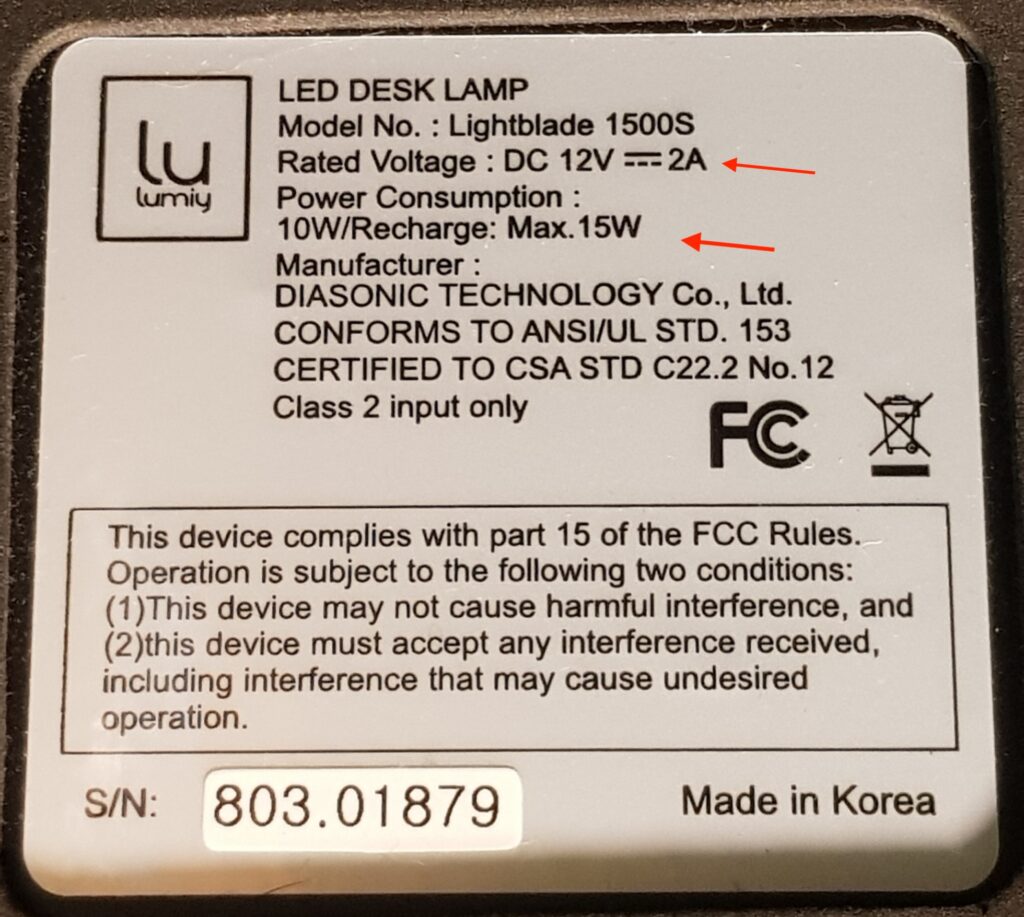
Refer to the User Manual: If you no longer have the appliance label or sticker, consult the user manual or product documentation that came with the appliance. Most manuals provide information about the appliance’s power requirements, including both running (rated) power and starting (surge) power, if applicable.
Online Resources: If you can’t find the information on the appliance itself, you can often find power consumption details for common appliances and devices online. Manufacturer websites, appliance databases, and consumer information websites frequently provide specifications for various appliances.
Use a Wattage Meter: A wattage meter or power meter is a device that can measure the power consumption of an appliance when it’s in use. Simply plug the appliance into the meter, and it will display the wattage being used. This method gives you real-time data.
Calculate from Voltage and Amperage: If you know the voltage (V) and amperage (A) ratings of an appliance but not the wattage, you can calculate the wattage using the formula:
Wattage (W) = Voltage (V) x Amperage (A)
For example, if you have an appliance with a voltage rating of 120V and an amperage rating of 5A, the wattage would be: 120V x 5A = 600W
Consult Experts Like Colorado Standby: When determining your power needs becomes too complex, turning to experts is a helpful resource. Colorado Standby has the knowledge and experience to decipher your unique requirements, ensuring you avoid costly mistakes and any violations of NEC regulations. Call us at 866-888-6111 for more information.
Online Generator Sizing Calculator
While online generator calculators can give you a good indication of what range of generator size you should be looking for, they do not take into account various factors, such as the number of breakers you have, volt-amps, and your service size. Because of this, you might overload your generator, which will slow the engine and trip your breaker, or worse. Below, we have provided the spreadsheet that we use to calculate a home’s true power load, which matches what the National Electric Code requires.
Install a Load Shed Device to Prevent Overloading Your Generator
To prevent overloading your generator, we install what is called a load shed device. A load shed device opens a relay so that power cannot go to a specific appliance. Its primary purpose is to prioritize and control the distribution of electrical power from the generator to different loads in your home, ensuring that essential equipment receives power while preventing overloading the generator.
Installing a load shed device forces you to decide which appliances you need to run during an outage. For instance, if you do not need to run your dishwasher, you would install a load shed device that would prevent the dishwasher from starting. In other words, no power would run to the dishwasher with a load shed device.
Load shed devices are helpful in situations where the total power consumption of your home exceeds the amps your generator provides. For example, let’s say you calculate your power consumption using our load calculator, and it says you need 116.33 amps, but your service is only 100 amps. You could install a load shed device that ensures you never go over 100 amps.
Remember that some areas (like El Paso County in Colorado) require you to provide an accurate calculation sheet compliant with the NEC or a signed affidavit stating that you might trip your breaker. The best thing to do is use our load calculator spreadsheet below or call us at 866-888-6111 to help calculate your actual power consumption. That way, there are no issues, and you purchase an appropriately sized generator for your home.
Common Generator Sizes for Homes
The most common generator sizes for homes typically range from 8,000 watts (8 kW) to 22,000 watts (22 kW) for residential standby or whole-house generators. These sizes are popular because they can provide enough power to keep essential appliances and systems running during a power outage. Here are some standard generator sizes, types, and brands:
8kW to 10kW Generators are smaller standby generators suitable for essential circuits in smaller homes. They can power a few critical appliances, such as the refrigerator, sump pump, and some lights. Brands like Generac, Kohler, and Cummins offer models in this range.
12kW to 17kW Generators are mid-sized generators that can cover more circuits, including essential appliances, HVAC systems, and lighting. They are a popular choice for average-sized homes. Brands like Generac, Kohler, and Cummins are known for their 12kW to 17kW models.
A 20kW generator is often considered the sweet spot for whole-house backup power. It can provide enough electricity to run most appliances and systems in a typical home. Brands like Generac, Kohler, and Cummins offer reliable 20kW models.
22kW Generators are also suitable for whole-house backup and are capable of handling larger homes with higher power demands. Brands like Generac and Kohler have 22kW models well-regarded for their performance.
Portable generators come in various sizes, with common ones ranging from 3,000 watts to 10,000 watts. While not designed for whole-house backup, they are versatile and can power a few essential appliances and tools during an outage. Brands like Cummins Onan, Kubota, and Champion produce popular portable generators.
Inverter generators are available in a wide range of sizes, often from 1,000 watts to 4,000 watts. They are known for their quiet operation and clean power output, making them suitable for camping, RVs, and powering sensitive electronics. Brands like Cummins Onan and Champion offer inverter generator models.
Home Battery Backup Options
In addition to traditional whole-house generators, new home battery backup systems—like those from Bluetti—offer a clean, quiet, and eco-friendly alternative for emergency power. These systems store electricity from the grid or solar panels and can automatically power essential appliances during an outage. Bluetti’s high-capacity models provide enough output to keep critical home systems running without fuel, maintenance, or noise, making them an ideal solution for homeowners seeking a low-maintenance backup option.
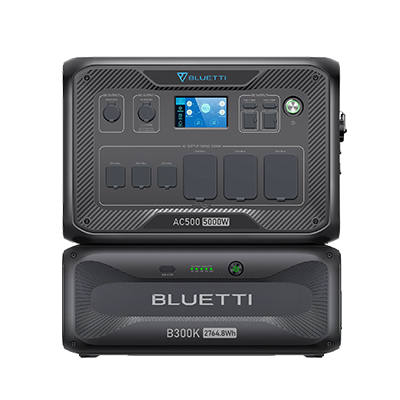
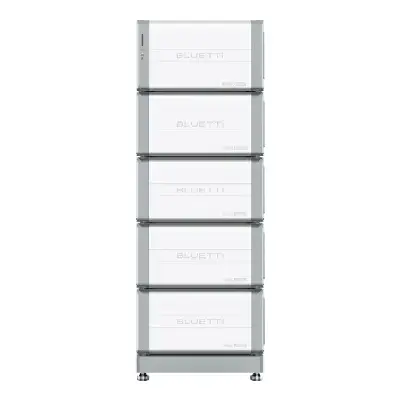
Power Consumption Examples to Properly Size a Whole House Generator
Typical 4-Person Household with a 2000 Square Foot Home
| Appliance or Device | Power Consumption (watts) | Starting Power (watts) |
| Refrigerator | 150-800 | 800-1,200 |
| Freezer | 100-800 | 800-1,200 |
| Electric Range (Oven) | 2,000-5,000 | 2,000-5,000 |
| Microwave | 600-1,200 | 1,000-1,800 |
| Dishwasher | 1,200-1,500 | 1,200-2,000 |
| Washing Machine | 300-500 | 1,200-2,400 |
| Clothes Dryer | 3,000-5,000 | 3,000-5,800 |
| Toaster | 800-1,800 | N/A |
| Coffee Maker | 800-1,500 | N/A |
| Kettle | 1,500-1,800 | N/A |
| Blender | 300-1,200 | 600-2,400 |
| Food Processor | 400-1,200 | 800-2,400 |
| Television (LED/LCD) | 50-250 | N/A |
| Personal Computer | 300-800 | N/A |
| Laptop | 50-300 | N/A |
| Tablet Charger | 5-15 | N/A |
| Ceiling Fan | 10-100 | N/A |
| Air Conditioning (Central) | 3,000-5,000 | 4,000-7,000 |
| Space Heater | 750-1,500 | N/A |
| Water Heater (Electric) | 3,000-5,000 | N/A |
| Vacuum Cleaner | 700-1,400 | N/A |
| Hair Dryer | 800-1,800 | 1,600-3,600 |
| Iron | 1,000-1,800 | N/A |
| Light Bulbs (LED) | 6-12 (per bulb) | N/A |
| Ceiling Lights (LED) | 20-50 (per fixture) | N/A |
| Exhaust Fan | 10-60w | N/A |
| Dining Room Chandelier | 40-200 | N/A |
| Recessed Lights (LED) | 10-20 (per fixture) | N/A |
| Garage Door Opener | 300-800 | N/A |
| Garage Lights (LED) | 20-50 (per fixture) | N/A |
| Outdoor Lights (LED) | 10-50 | N/A |
Typical Home Office Setup
| Appliance or Device | Power Consumption (watts) | Starting Power (watts) |
| Computer (desktop) | 300-800 | N/A |
| Computer Monitor | 20-100 | N/A |
| Laptop | 50-300 | N/A |
| Printer | 30-50 | 500-1,000 |
| Desk Lamp (LED) | 6-12 | N/A |
| Desk Fan | 20-50 | N/A |
| Wi-Fi Router | 5-15 | N/A |
| External Hard Drive (when active) | 5-15 | N/A |
| USB Charger | 5-15 | N/A |
| Phone Charger | 5-10 | N/A |
| Speakers | 10-50 | N/A |
| Scanner | 15-50 | N/A |
| Paper Shredder | 100-250 | N/A |
| Smart Speaker (e.g. Alexa) | 5-15 | N/A |
| Space Heater | 750-1,500 | N/A |
| Air Purifier | 10-100 | N/A |
Medical Equipment that May Be Used at Home
| Appliance or Device | Power Consumption (watts) | Starting Power (watts) |
| CPAP Machine | 30-90 | N/A |
| BiPAP Machine | 40-150 | N/A |
| Oxygen Concentrator | 300-600 | N/A |
| Nebulizer | 60-180 | N/A |
| Hospital Bed | 100-500 | N/A |
| Infusion Pump | 10-40 | N/A |
| Ventilator | 150-400 | N/A |
| Blood Pressure Monitor | 5-20 | N/A |
| Pulse Oximeter | 2-5 | N/A |
| Medical Refrigerator | 100-300 | N/A |
| Wheelchair Charger | 50-200 | N/A |
| Home Dialysis Machine | 50-200 | N/A |
| Portable Suction Machine | 30-80 | 50-100 |
| Medical Lift Chair | 100-200 | N/A |
| Enteral Feeding Pump | 10-30 | N/A |
| Electrotherapy TENS Unit | 1-5 | 5-10 |
| Patient Lift | 100-300 | N/A |
| Continuous Glucose Monitor | 5-10 | N/A |
| Medical Alert System | 5-15 | N/A |
| Home ECG (EKG) Machine | 10-50 | 50-100 |
| Medical CPM Machine | 10-40 | 50-200 |
Conclusion
Determining the right generator size for your home is vital to ensure uninterrupted power during outages. This process involves calculating your specific power requirements, considering factors like running and starting power, and, if necessary, consulting experts for precise calculations and compliance with regulations. We’ve covered a range of standard generator sizes, from smaller units for essential circuits to larger whole-house backup systems, enabling you to power essential appliances, devices, and even medical equipment when needed.
Investing in a properly sized home standby generator offers both convenience and peace of mind, ensuring your home remains functional and comfortable during unexpected power disruptions. Whether you’re preparing for severe weather or safeguarding your daily life, the knowledge and tools provided here will help you make an informed decision and choose the right generator for your needs.
For more information or any questions you might have, please contact us or call 866-888-6111.



